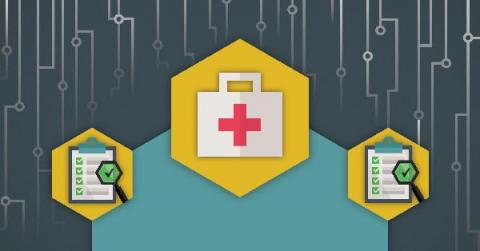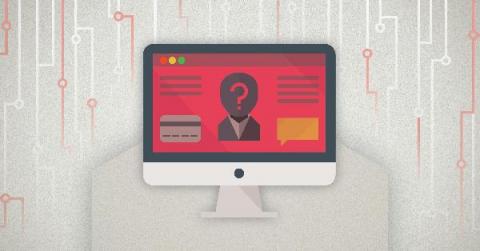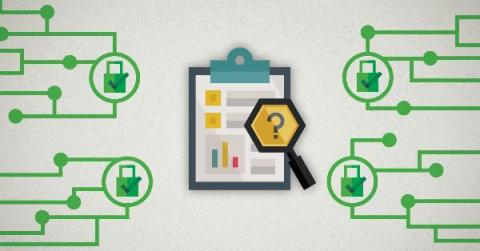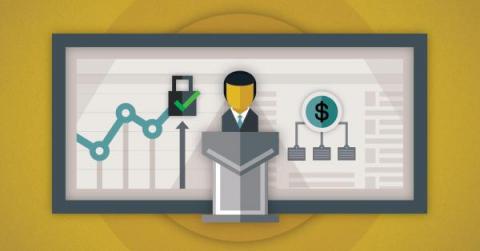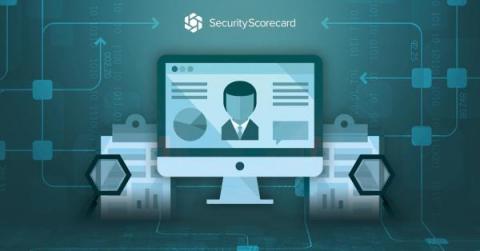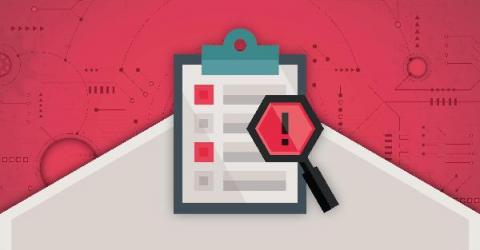5 Common Cybersecurity Vulnerabilities in the IoMT
Have you been to the hospital lately? If so, you’ve probably been attached to at least one medical device with at least some sort of internet access. According to Cisco, the average hospital room has, on average, 15-20 connected devices, with an average of 6.2 cybersecurity vulnerabilities between them.


